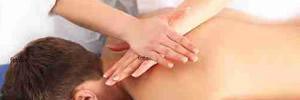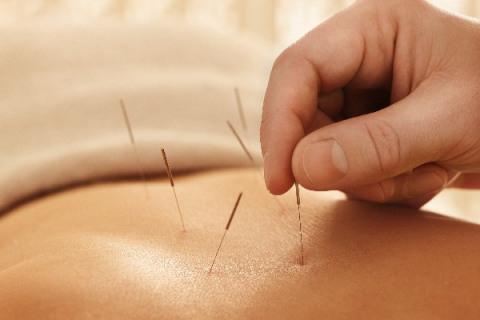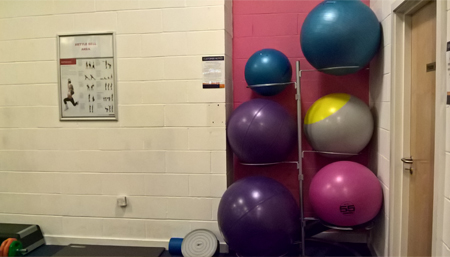
Physiotherapy is "a healthcare profession concerned with human function and movement and maximising potential". (Chartered Society of Physiotherapy)
Our's treatment approach combines traditional Physiotherapy techniques such as Soft-Tissue Massage, Exercise, Electrotherapy and Postural Advice, with treatment more commonly used by Chiropractors and Osteopaths such as Spinal Manipulation.
Our Physiotherapist Registered with HCPC Health Care Professions Council , CSP Chartered Society of Physiotherapy and Acupuncture Association of Chartered Physiotherapists . Our clinic registered with all the major Insurance Companies.

Western medical acupuncture is a therapeutic modality involving the insertion of fine needles; it is an adaptation of Chinese acupuncture using current knowledge of anatomy, physiology and pathology, and the principles of evidence based medicine

Physiotherapy is appropriate in the treatment of many problems arising from the joints, muscles, ligaments, tendons, spinal discs and nerves of the human body, including problems such as:
Patients can self-refer themselves or be adviced by their GP or Consultant A full history will be taken and an examination conducted on your Initial Consultation - see Your first visit.
